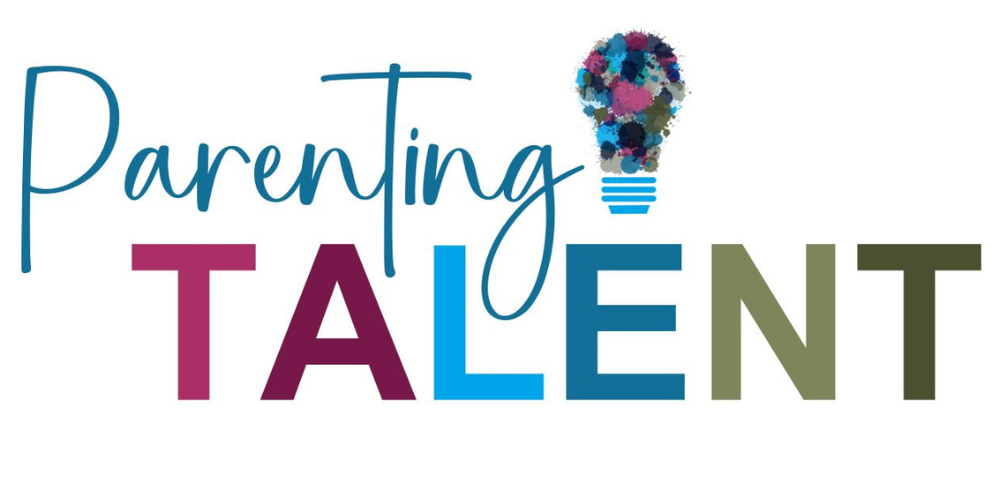What is shame?
Shame cycles are harming your creative teen. Shame is a complex emotion that arises from internalizing negative beliefs about ourselves. When your teen artist is subjected to a situation that leads to feelings of shame, they may feel they are bad, worthy of contempt or otherwise inadequate.
When feelings of shame arise, your teen may experience increased embarrassment, self-criticism, powerlessness, worthlessness, humiliation and self-consciousness. It can lead to negative feelings about their actions, behaviors, imagined shortcomings and can generate or amplify low-self esteem.
We have all experienced shame, but shame can be particularly harmful to teen creative artists. Part of being an artists often demands sharing their skills and their art in a public forum. For teens, this is during a time when they are uniquely sensitive to the opinions of others.
Sharing something so personal as artistic creation can be a vulnerable experience. When things do not go as they hope, or is not received in an open and positive manner, teens may experience feelings of shame. It can also arise when trying to master a new skill – when it’s not going well or progress feels slow. Although shame can at times be unavoidable, by helping your teen recognize how they may be impacted by feelings of shame may help open up avenues for tackling shame head-on in meaningful ways.
Understanding Shame Cycles
A shame cycle is a self-perpetuating cycle of negative thoughts and emotions triggered by shame. This often occurs in tandem with perfectionism – that combination of high personal standards combined with a tendency for overly critical self evaluation. This can leave your teen stuck in an ineffective loop that negatively impacts an artist’s creativity, productivity, and well-being.
Shame cycles can significantly impact a teen artist’s mental health. It can cause feelings of depression, anxiety, and self-doubt. It’s important to watch for signs that suggest shame may be impacting their creative output, decreasing productivity, inspiration, and motivation. In addition, shame cycles can create a vicious cycle that reinforces negative self talk (read here for more information), worsening the situation.
Common Shame Cycle Patterns
General Perfectionism
I need to be perfect > I am not good enough to be perfect > I must work harder to be perfect > I failed at being perfect > I need to be perfect.
Obsessive Worker
I need to work harder > I worked all night and it’s not perfect > I’m not good enough > I need to work harder.
Avoidance Worker
I’ll wait until I feel like I can get this right > I should have started already, it’s not going to be good enough > I’ve wasted so much time I like it I can’t get it right > I’ll wait until I feel like I can get this right.
Binge Worker
I have to work constantly until this is good enough > I’m exhausted and not working effectively, I have to stop > I should have been work all of this time > I have to work constantly until this is good enough.
If you notice your teen artist getting stuck in a shame cycle, it can be challenging to help them break out of the pattern.
Suggestions for Breaking Shame Cycles
Acknowledge and identify the shame triggers.
Ask your teen to try to identify what is making them feel shame. Some common triggers include fear of or experiences of rejection, failure, humiliation or betrayal. Acknowledging what triggers their feelings of shame can better help them observe when they are getting stuck in a shame cycle and how to either avoid or manage it. By recognizing that shame cycles are harming your creative teen, it will assist them in breaking unhealthy patterns that perpetuate these feelings in the future.
Practice self-compassion and reframe negative self-talk
Encourage your teen to be gentle with themselves. Preemptively make a list of positive self-talk to refer to instead of internal harsh criticism when something triggers feelings of shame. Practicing positive self-affirmations can challenge these thoughts and build self-esteem. Encourage them to remember that everyone makes mistakes and has flaws, and allow themselves the space to learn and grow from them.
Connect with a supportive community.
Suggest your teen reach out to peers and mentors who can listen and provide real empathy when they are feeling distress from shame. Having a safe space in addition to your home where they can share their thoughts and feelings without fear of judgment can help reduce shame’s impact on their life.
Seek professional help if needed.
If your teen is feeling overwhelmed and unable to cope with their feelings of shame, seeking a mental health provider for individual or group therapy may be beneficial. Talking to a trained professional can provide valuable insight into managing the difficult emotions associated with shame and any underlying issues contributing to the problem.
No one should have to suffer in silence due to feelings of shame and guilt. These steps can lead to a healthier, more positive outlook and better mental health overall. Remind your teen that it’s not only perfectly okay to ask for help when needed, it’s a sign of maturity and growth mindset.
Breaking the cycle of shame requires these individuals to continue creating and sharing their art without fear or inhibition. It is possible to break free from the shame cycle by taking constructive action that positively encourages creativity and personal growth-allowing creative artists to fully tap into their limitless potential. The world benefits from unbridled creative expression from young creators living their fullest life.
Adapted from:
Parenting Talent: The Grown-Up’s Guide to Understanding and Supporting Creatively Driven Teens and Tweens.


